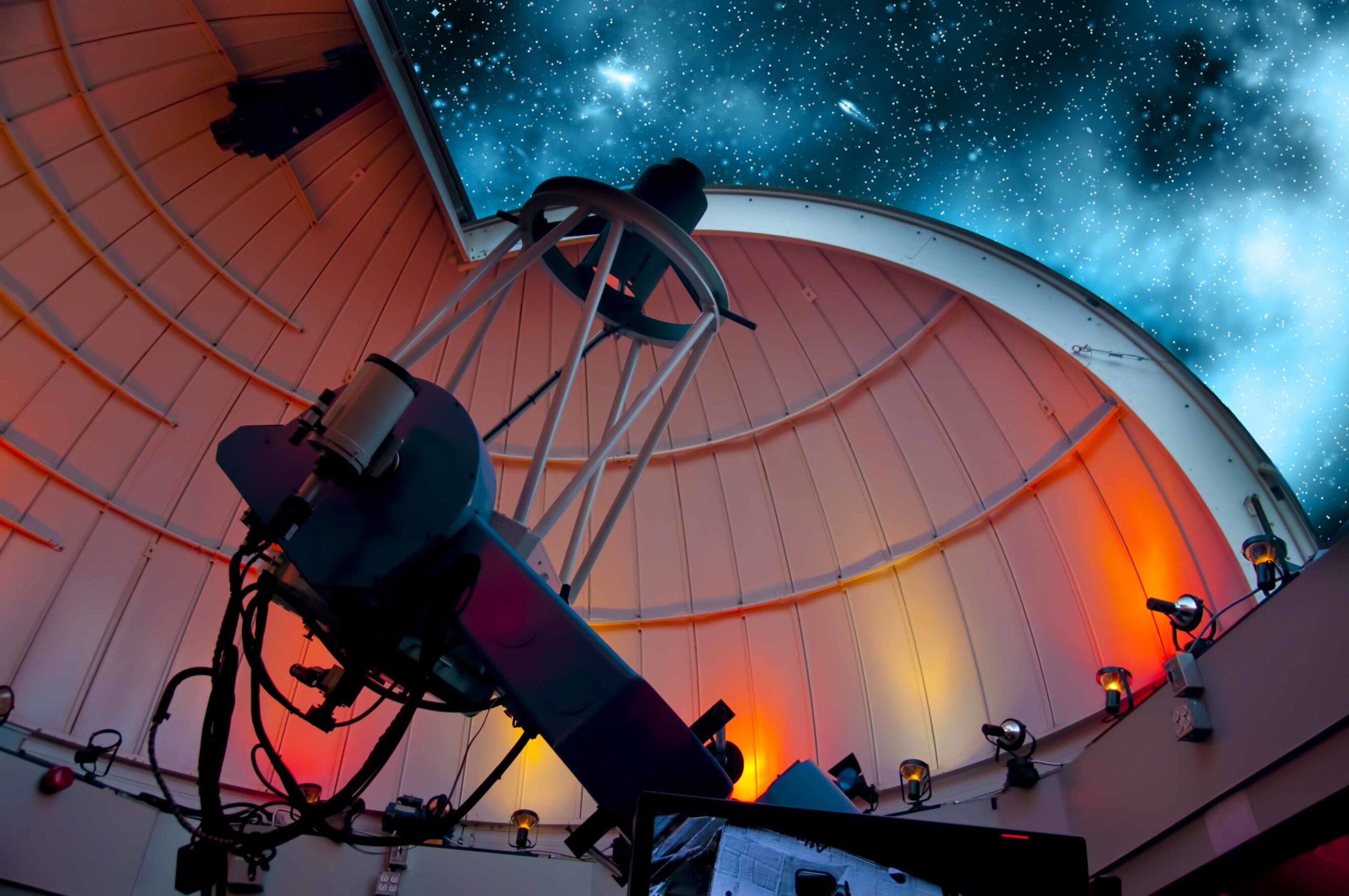We have an office in Tucson, Arizona where I once visited Kitt Peak. Kitt Peak is a 7000 ft mountain top campus that houses the most diverse collection of astronomical observatories on Earth. Our instructor entertained, enraptured, and educated us with his knowledge and charisma. The visit left me thinking about many things, but most of all about how different the universe looks when you view it through different lenses. Not only does it look more beautiful, but the science of astronomy has taught us that very little is in fact the way it appears to us.
Nicolaus Copernicus (1473-1543) began modern astronomy with his defining model of heliocentricity – a revolutionary view (at that time) that the sun is stationary and was at the center of the universe as it was then known. This view was not only contrary to all scientific, religious, and philosophic opinion of the time, it was contrary to humankind’s own sensory experience of the sun’s passage through the skies each day and each year. Our experience told us at that time, that we were stationary and the sun was orbiting around us. Our sensory experience told us that the moon was a flat disk. A century later, using telescopic lenses to look at the universe, we discovered that things were different. The sun was in fact stationary, it is we who are in orbit, and the moon is a mountainous sphere.
When we look at the people around us, particularly people we have not met before, are we experiencing them with the “naked eye” or are we seeing them as they really are? Are our assumptions about people based on our subjective human experience of them (in which case we could be as off the mark as we were in our knowledge of the universe before the telescope), or have we checked our assumptions about people against data gleaned from much deeper understanding? Do we have a sense of how the world looks to others and how they experience life? Are they using the same lenses that we are? And if we were to take a peek at the world through their lenses, would we be surprised at what we saw, or would the world look the same to us as it does when we experience it through our own lenses?
The fact that no two people are exactly the same goes far beyond their physical characteristics, the color of their skin, hair and eyes, their fingerprints and DNA, their customs and their languages. The differences between people extend beyond the way people LOOK to the world to the way they SEE the world. Difference is more about how different people see and experience the world than it is about how the world sees them. We each have our own set of lenses through which we see the world and experience life. The same things and experiences look and feel different to each of us. As a consequence, each will interpret things differently and react to them differently. Understanding these differences and how to communicate consistent messages across people of varying cultures, genders and ages, is the cornerstone of our program, The Inclusion Experience.
